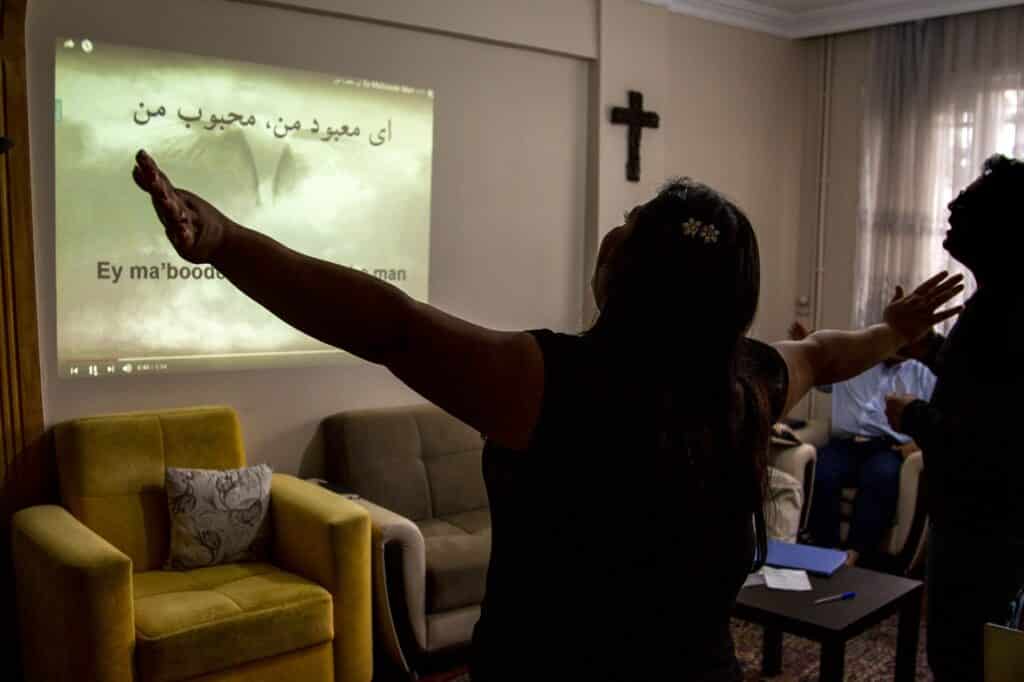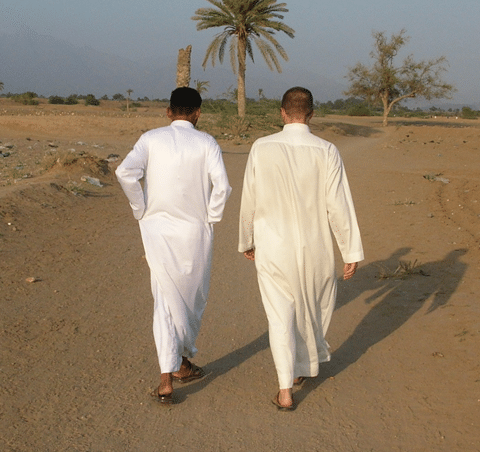C1 to C6 Spectrum After 15 Years
John Jay Travis, PhD, Affiliate Assistant Professor, Fuller Graduate School of Intercultural Studies
After the C-Spectrum was developed in the late 1990s it was used widely and referenced repeatedly in mission circles. The Scale differentiates six types of Christ-centered communities found in the Muslim world. Regrettably the Scale has often been misunderstood or misused. This webinar will clarify its intended use and limitations. To be presented are seven common misunderstandings/misuses of the spectrum, followed by recommendations on how to use the C-Spectrum going forward.



